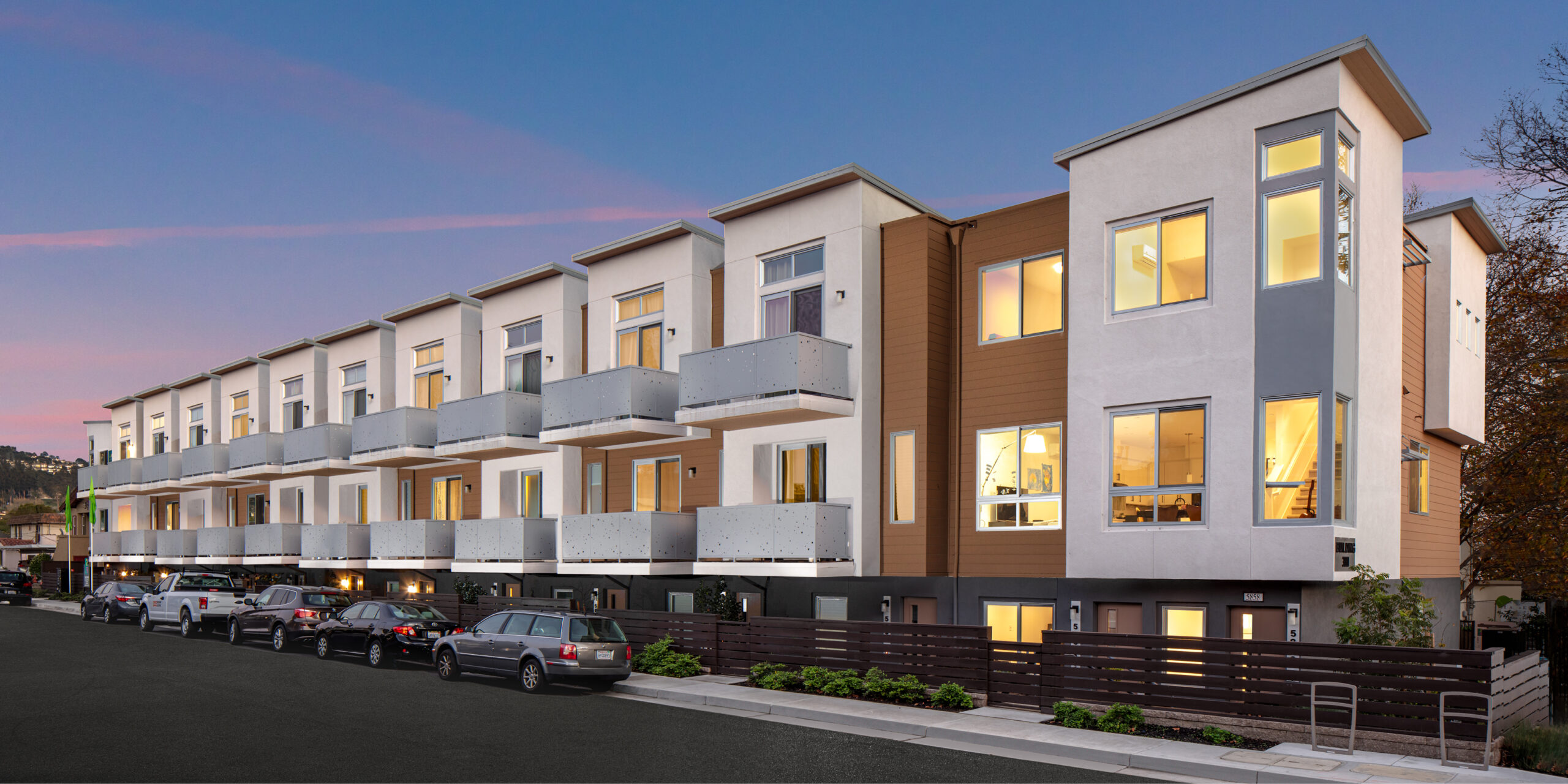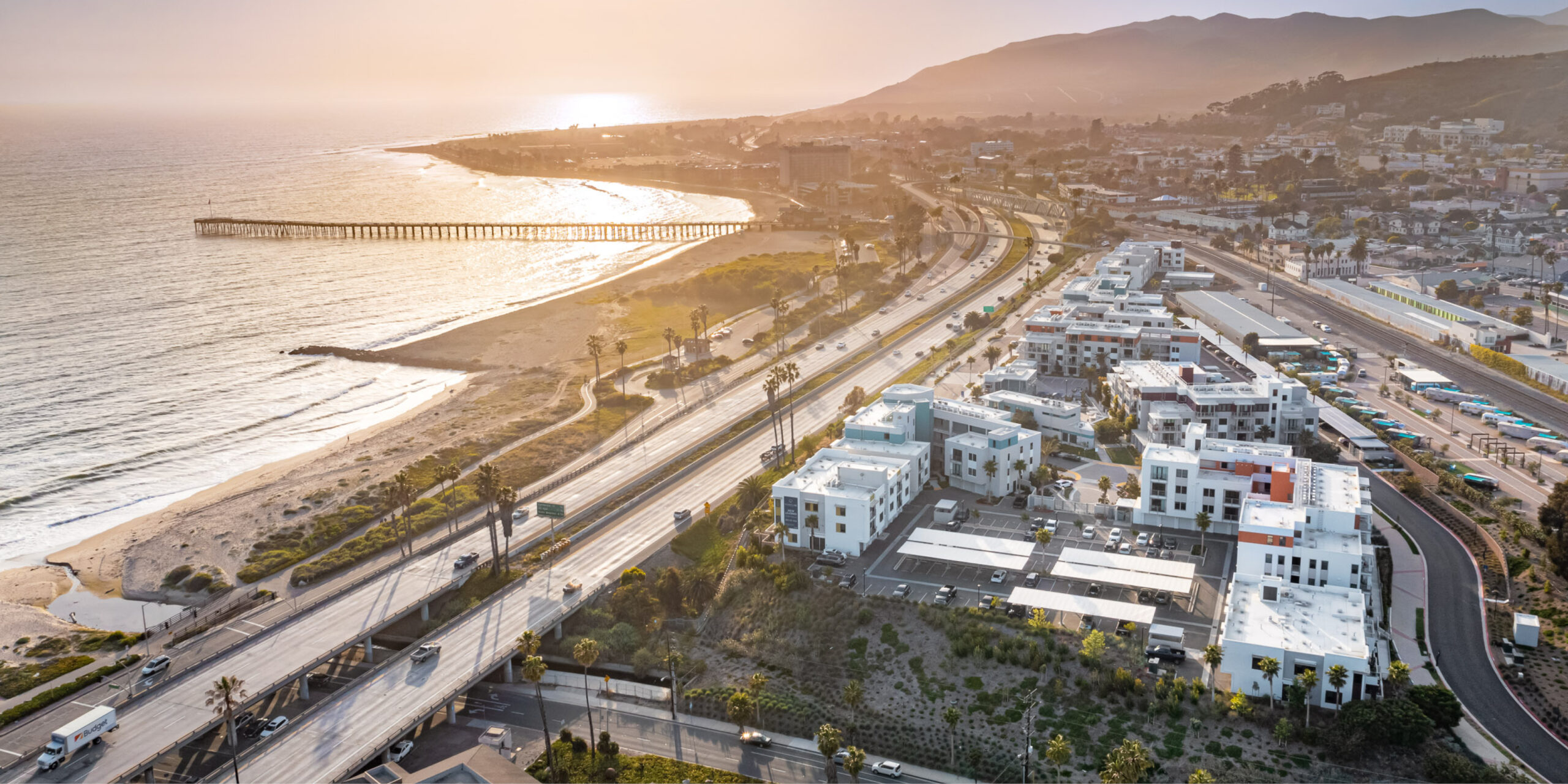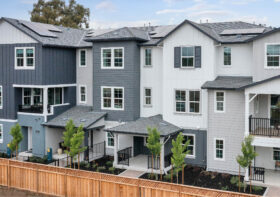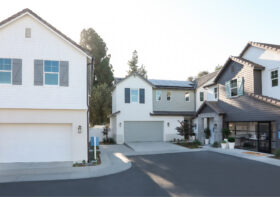The Future of Parking
Urban planning and design have long been shaped and often controlled by strict parking regulations. As Ron Nester points out, Form Follows…Parking and this can have many adverse effects to our communities especially as we increase density. Some of these effects include an over-abundance of parking, sprawling cities, and wasted space on limited land. It is estimated that there are eight parking spaces for every car in America. We are continuing to see parking regulations trend away from these strict regulations which should allow for denser pedestrian friendly cities. Reduction in required parking will result in cost savings for construction and ultimately for the consumer.
Many cities have loosened parking minimums and, in some cases, have eliminated parking requirements altogether. Austin, Texas recently became the largest city in the country to get rid of parking requirements. Developers will now have the freedom to allow the market to determine the parking provided, ultimately resulting in more housing at a reduced cost. This highlights the shift at the regulatory level, as Texas is known for its sprawling cities and vehicular-centric planning. Additionally, there is a proposal in Colorado to eliminate minimum parking standards across the state. As uses become denser, the concept is called “park once” where one parks and goes on to do several things nearby.
California recently passed a bill allowing renters to opt out of paying for parking spaces they don’t use. Starting on January 1, 2025, new apartment complexes of 16 or more units will have parking decoupled from the lease for select counties across California. This is another example of market responsive parking regulations.
Personally, as someone with a young family, cost of living and attainability are at the forefront of our decision making when it comes to housing. Excess parking is one of the tradeoffs that often needs to be considered. The shift away from vehicular-centric parking minimums allows designers and planners to consider the needs of residents who make these tradeoffs by developing more walkable cities and community-oriented neighborhoods.






Leave a Reply